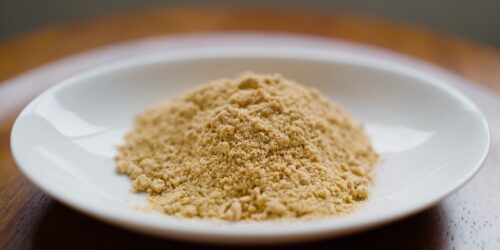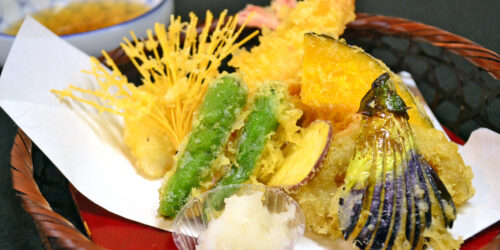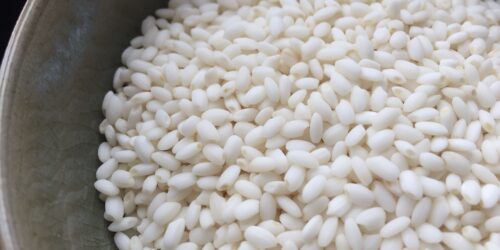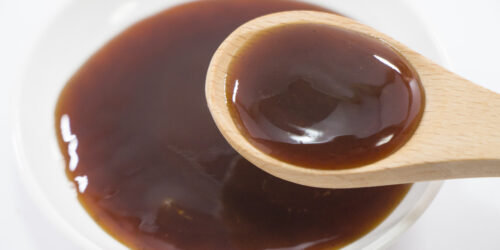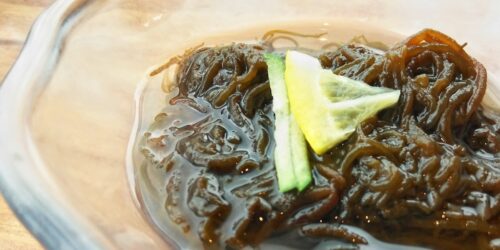What Is Abura-age and How Is It Used?
What Is Abura-age?
Abura-age is sometimes translated into fried tofu in English. To be accurate it’s thin deep-fried tofu, and people call like this to distinguish it from the similar processed tofu product called “atsu-age“.
Abura-age is made by deep-frying thinly sliced tofu, while atsu-age is made by deep-frying thick tofu.
Abura-age can be called “usu-age” in some parts of Japan. “Usu” is Japanese term for thin, while “atsu” is for thick.
How Abura-age Is Made?
It is manufactured by frying tofu in oil at an appropriate temperature after making tofu by a method different from the usual tofu manufacturing method.
Check the steps below for details on the manufacturing method of abura-age.
1. Moderate the heating of soybean juice made of grated soybeans in water.
↓
2. Stir the soybean juice to solidify.
↓
3. Put the coagulum in a mold and squeeze to make tofu with a moisture content of around 85%.
↓
4. Squeeze the water until the weight of the tofu is about twice that of the raw soybeans.
↓
5. Put tofu in low-temperature oil and fry for 2-3 minutes so that it rises.
↓
6. Transfer the tofu to high-temperature oil and fry in order to evaporate surface moisture.
What Does Abura-age Taste Like?
You will feel the taste of tofu and the savory aroma of fried food. Since it’s deep-fried twice, it’s oily and juicy.
The basic taste of abura-age is the taste of tofu, so I would say it doesn’t taste so much without any seasonings. It can absorb the taste well by simmering it with some seasonings, and become extremely delicious ingredient in various dishes.
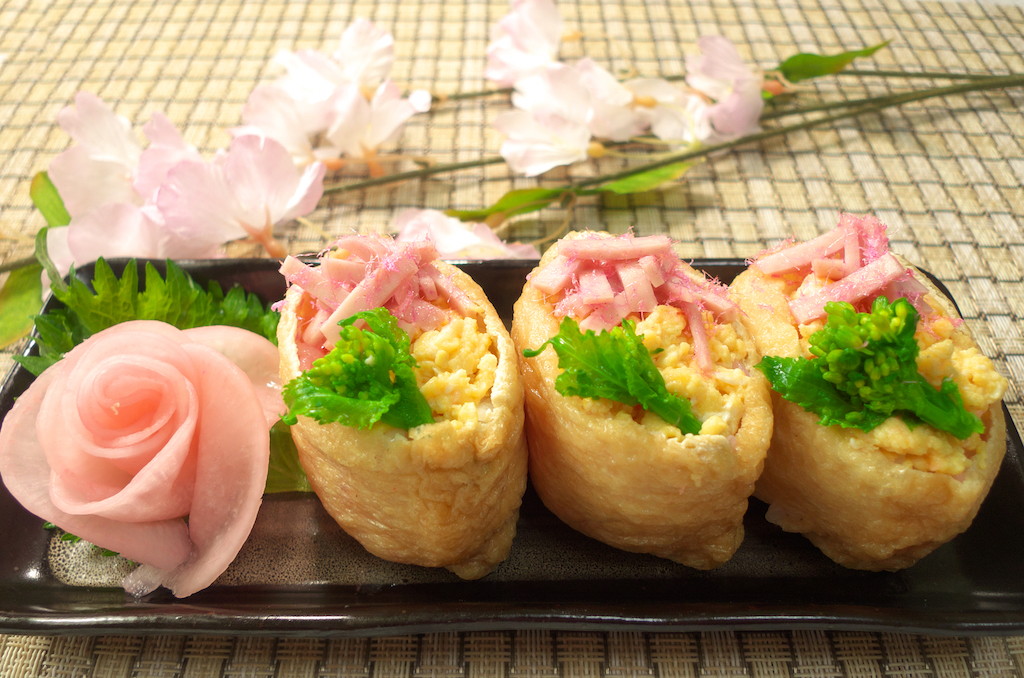
How Is Abura-age Used?
Miso Soup
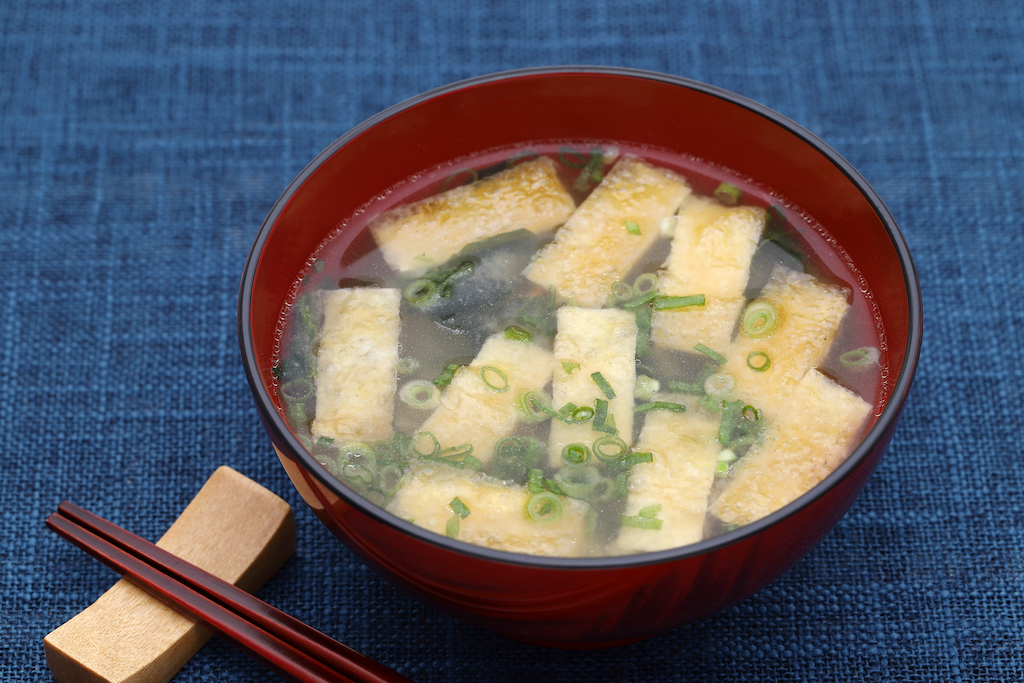
Although regular tofu is a common ingredient in miso soup, abura-age is also very popular for this.
Takikomi-gohan (Japanese Mixed Rice)
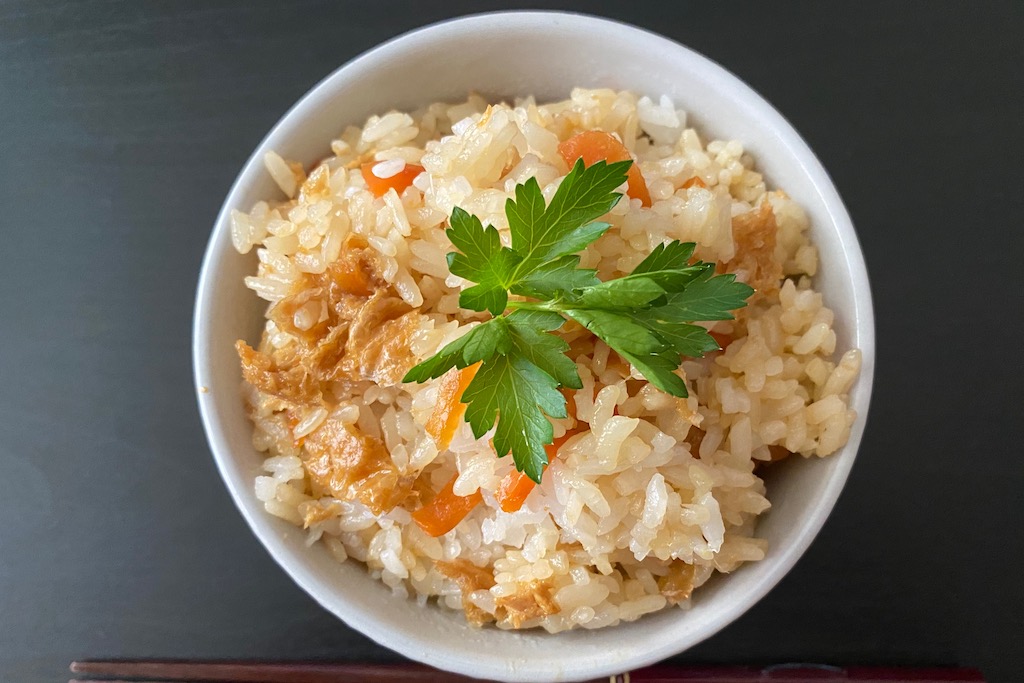
Shredded abura-age is very important ingredient when making mixed rice, takikomigohan. I would say it can be substitute for meat.
Simmered Dish
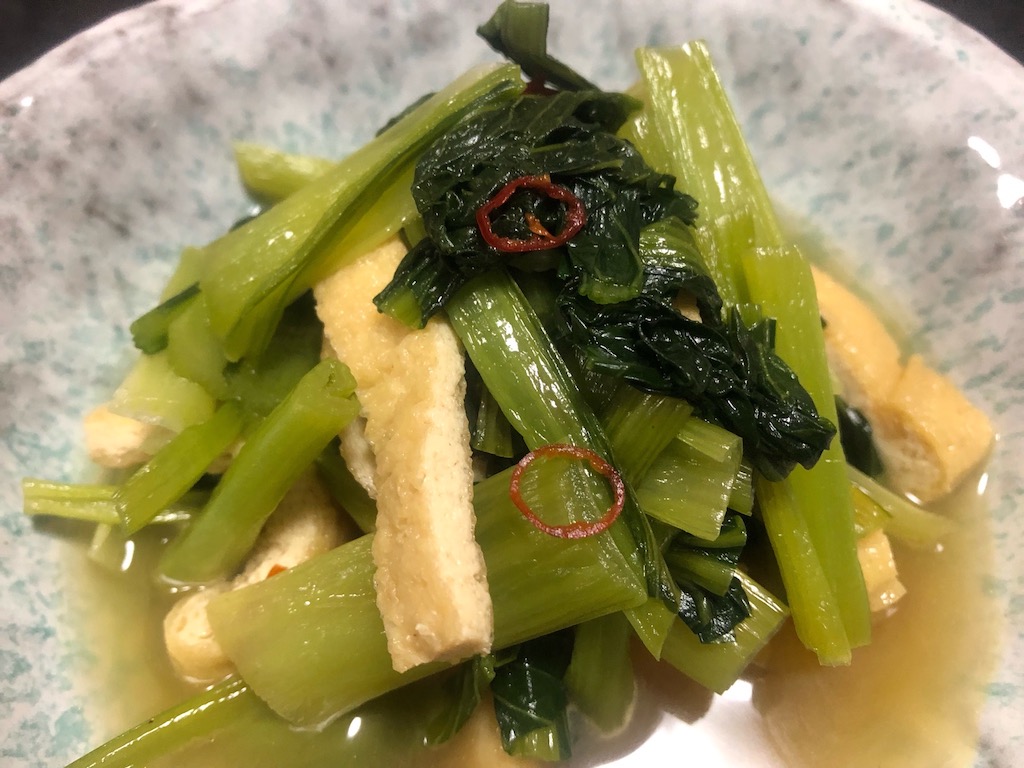
By adding abura-age in simmered dishes, it makes the dish very filling even without any meat. The added seasonings can soak well into abura-age, and it becomes juicy and delicious.
Inari-sushi
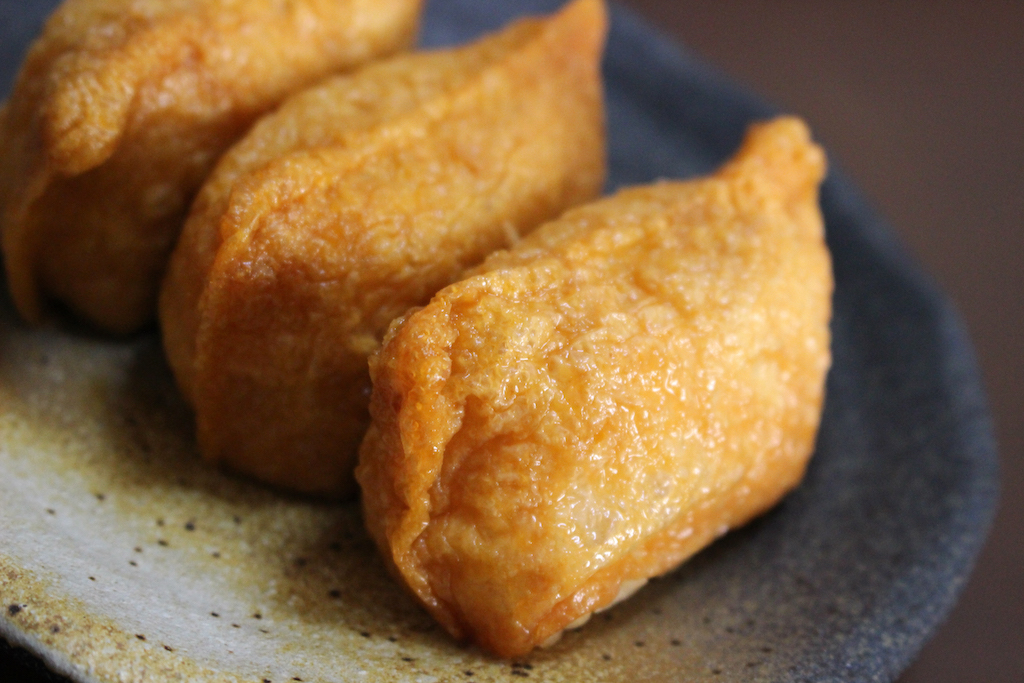
This is vinegared rice wrapped in seasoned abura-age. The seasonings are soy sauce, mirin, sugar, and dashi. Sweet-salty taste of abura-age matches so well with vinegared rice.
Kitsune Udon
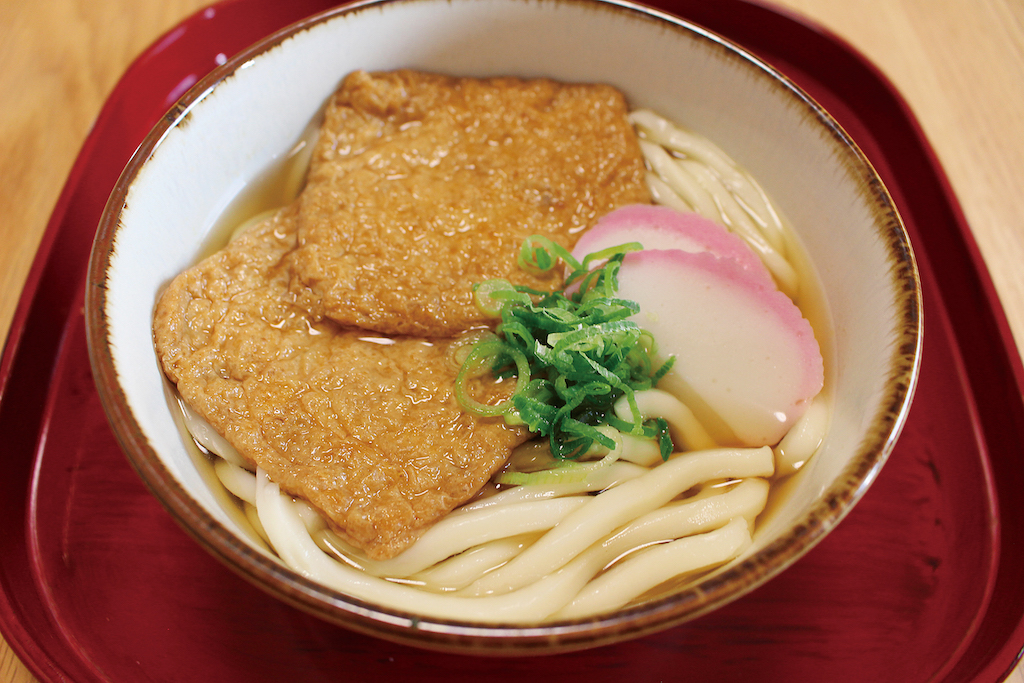
This is udon noodles topped with seasoned abura-age. As with the inari-sushi, abura-age is simmered with sweet-salty sauce. The name “kitsune” which means fox is come from the one theory that abura-age is fox’s favorite food.
Pouch of Abura-age (Kinchaku)
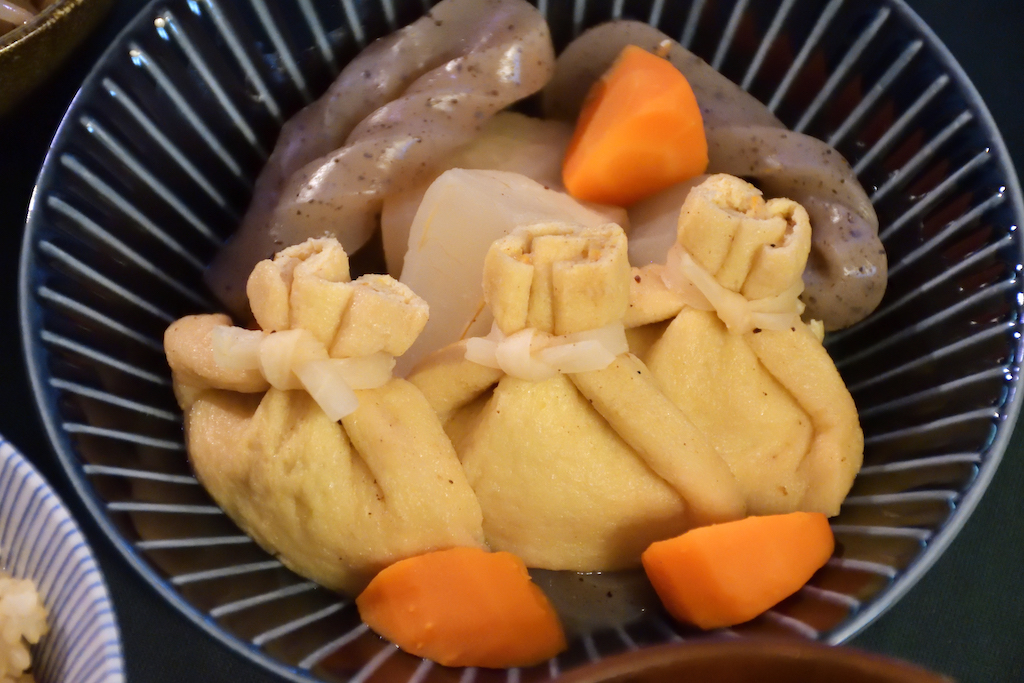
Mochi-iri kinchaku is a pouch of abura-age filled with sticky rice cake, and one of the ingredient in oden (a stew of fish paste and vegetables).
Actually, you can put any material into the pouch besides rice cakes.
Sometimes people put egg, cheese, ground meat, etc in it. A pouch of abura-age with ingredients inside can be baked or simmered in some sauce or soup.
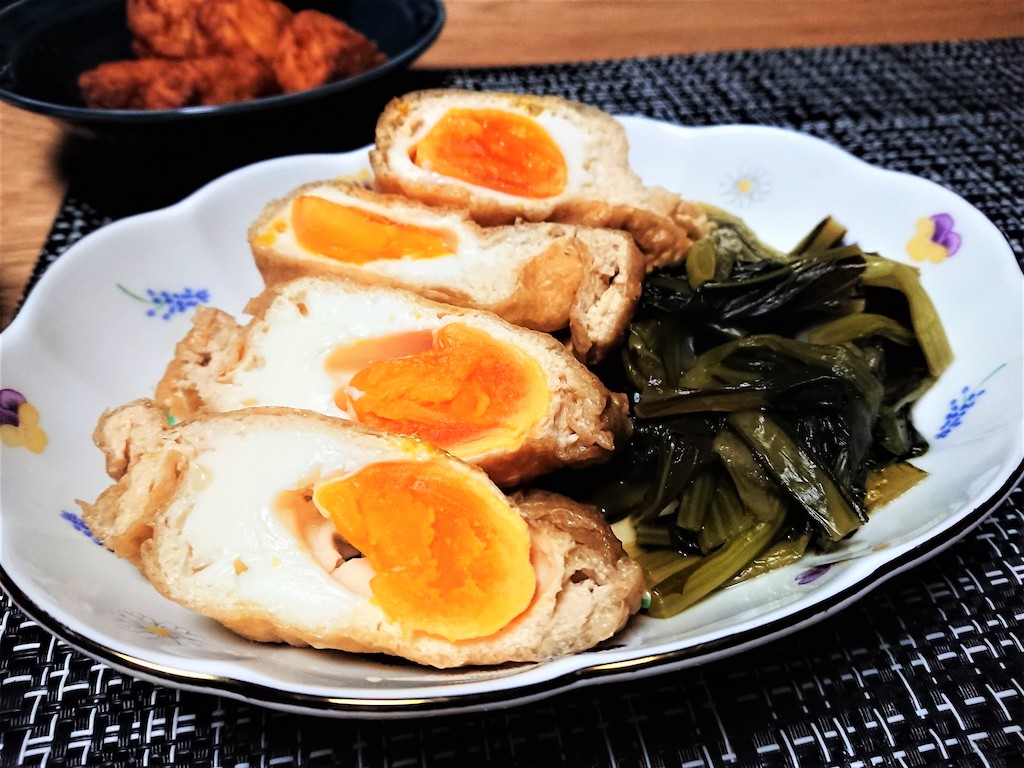
Different Types of Abura-age
Recognition of abura-age differs depending on the region although it means thin deep-fried tofu most of the time.
Here, I would like to introduce some examples of abura-age as a famous local food of each region.
Triangular Abura-age
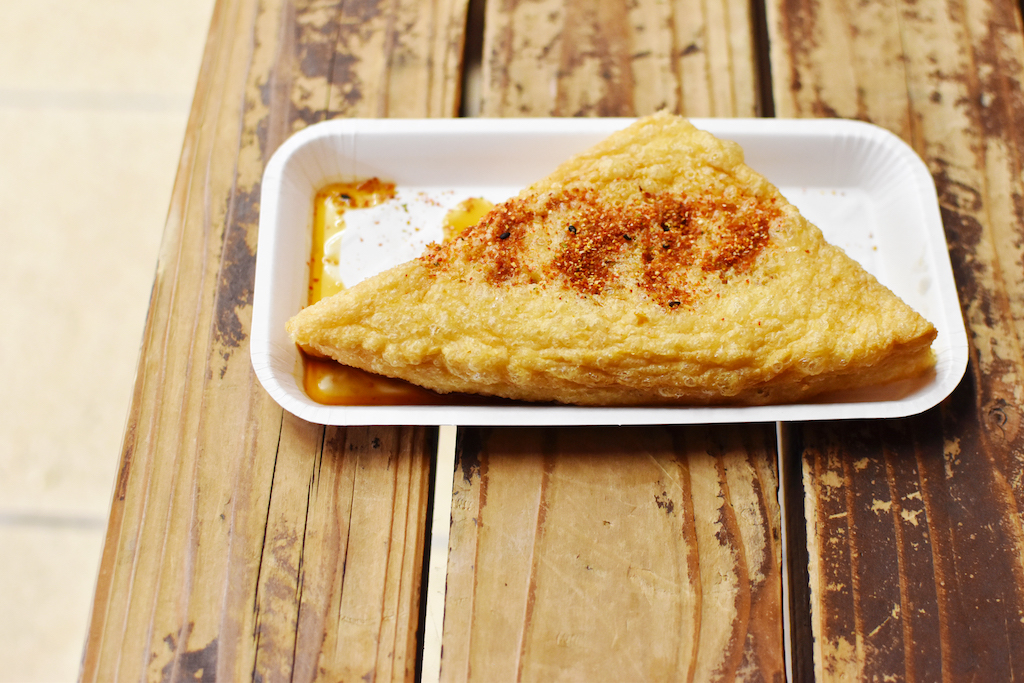
This is local food of Sendai, Miyagi Prefecture.
There is famous temple called Saiho-ji (also known as Mt.Jogi), and the shop near the temple is selling this triangular shape of abura-age.
It’s relatively bigger and thicker than the regular one, and served with garlic powder, red pepper, and soy sauce on top.
Tochio Abura-age
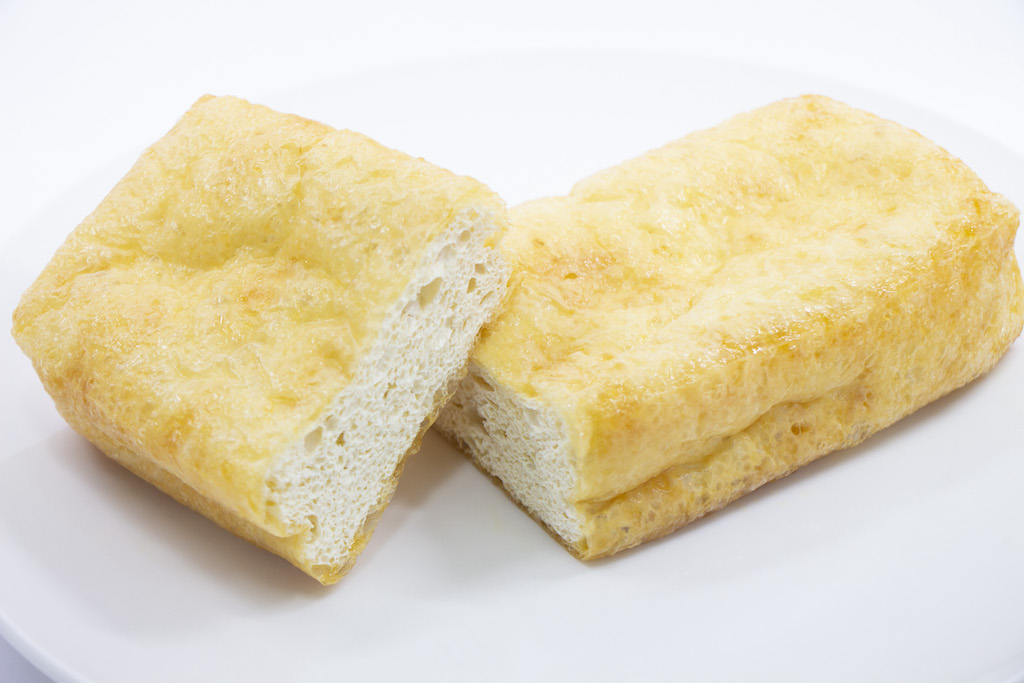
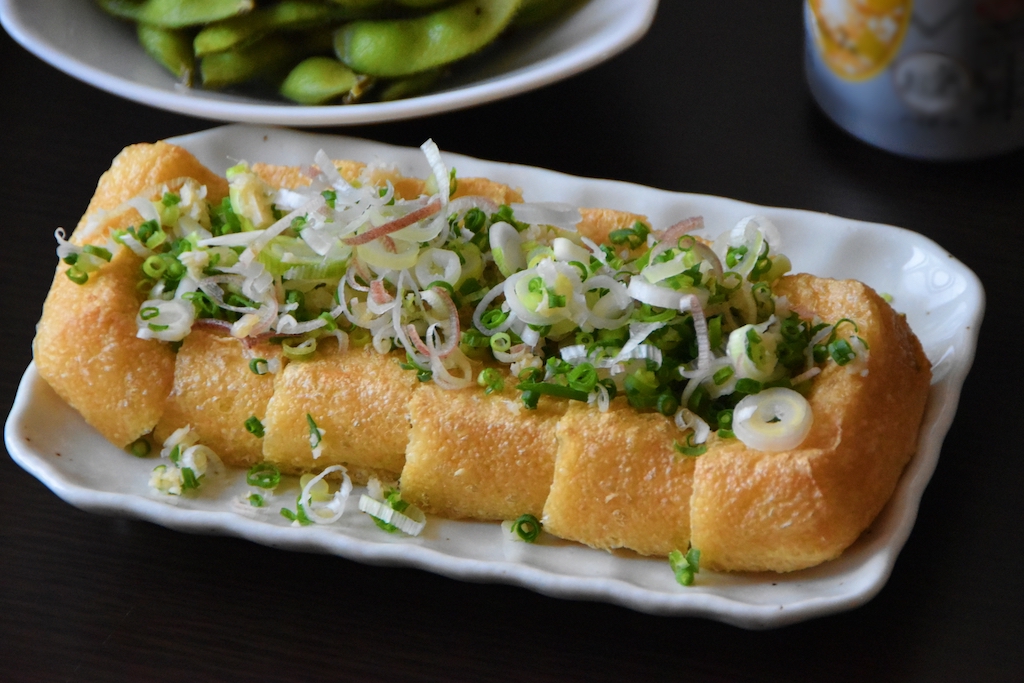
This is local food of Nagaoka, Niigata Prefecture.
Local people call it “abu-rage” not “abura-age”. It’s much thicker than the regular one. It’s thick, but fluffy at the same time.
Recommended way to eat is putting minced green onion, soy sauce and red pepper on top of the fluffy fried tofu.
Matsuyama Age
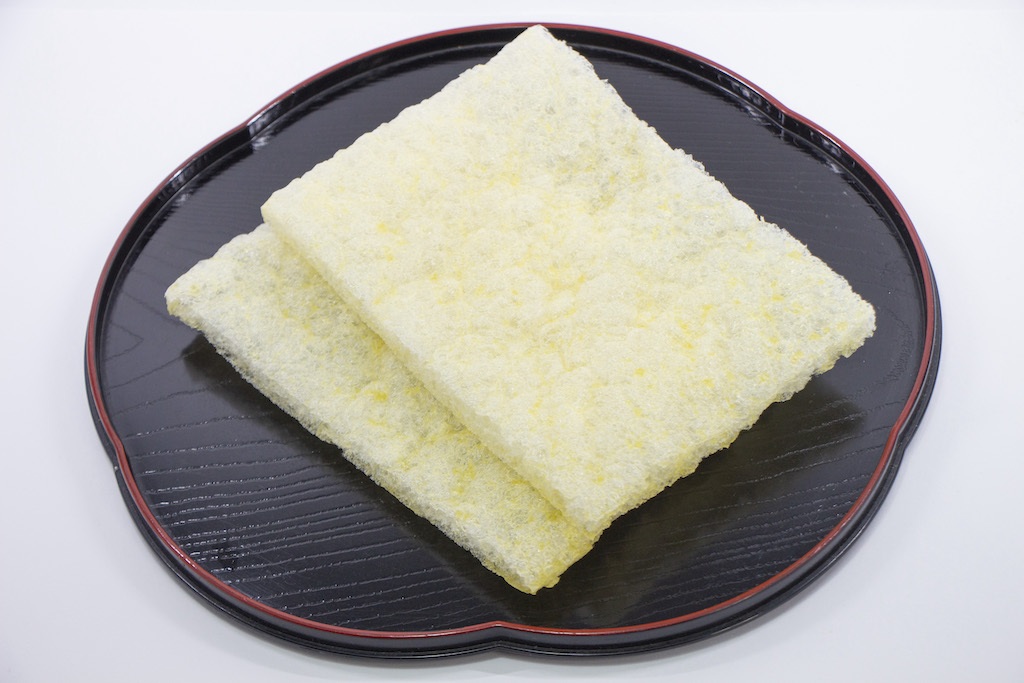
This is local food of Matsuyama, Ehime Prefecture.
Unlike the other local food above, matsuyama-age is very thin, and crispy enough to break easily by hands.
Regular abura-age generally lasts only about 7 days when stored in a refrigerator, while matsuyama-age lasts 90 days at room temperature. It doesn’t expire soon, so you can eat deliciously anytime.
Interested in learning more about soybean food in Japan?
Top 21 Japanese Soybean Products
5 Types of Tofu and Their Uses


